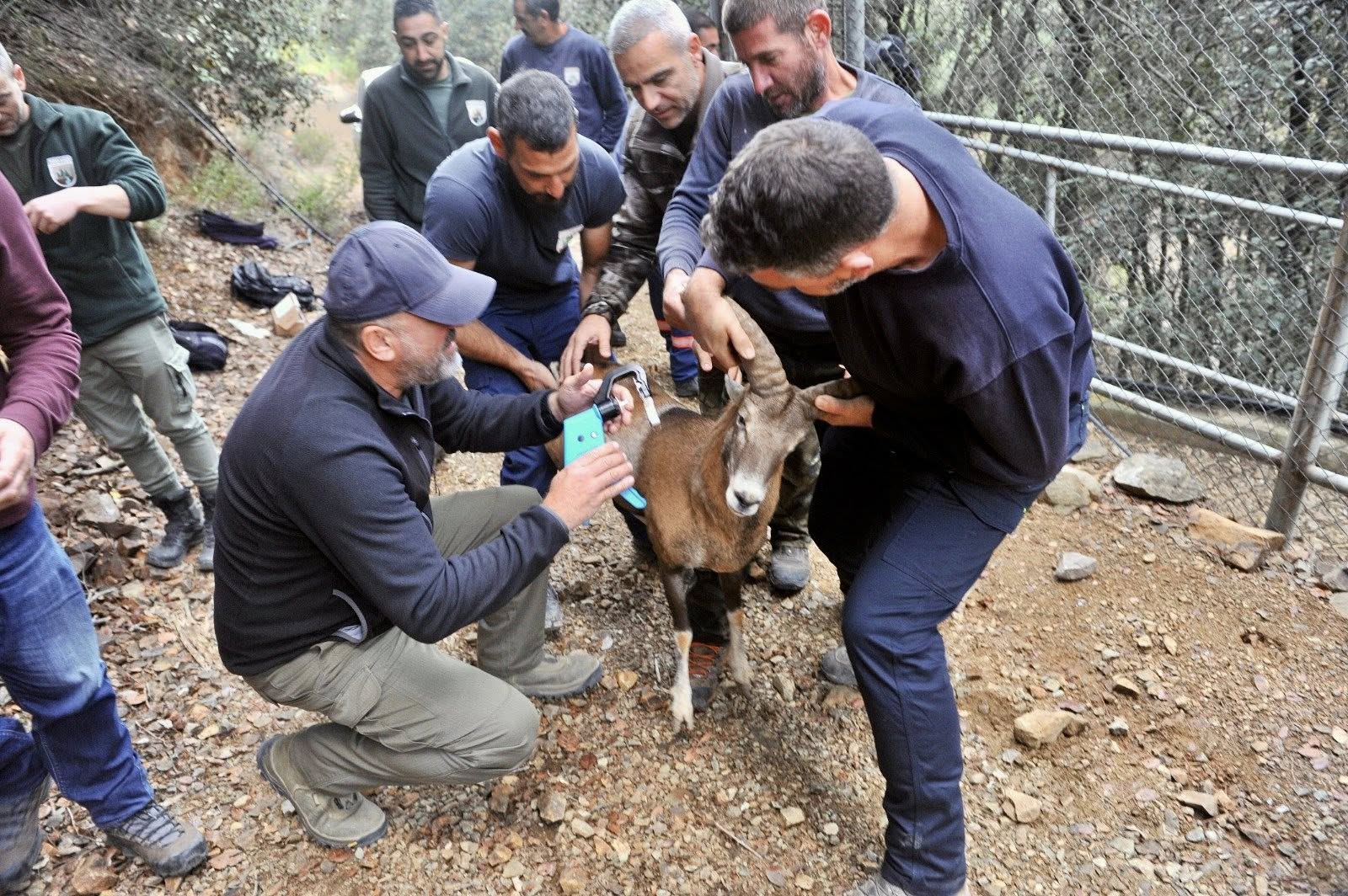In this ‘Quanta Magazine’ video, we learn how scientists are using the current eruptions in Iceland to understand the possible history of life on Mars.
After months of increasingly intense and disruptive earthquakes on Iceland’s Reykjanes Peninsula, the region finally let off some pressure. On March 19, lava roared out of the ground in the uninhabited valley of Geldingadalur, marking the first time in 800 years that this southwesterly strip of land has been rocked by an eruption.
Volcanologists are thrilled, as such natural phenomena offer a window into another world entirely.
“The eruption is, in my view, a fantastic analogue for Mars,” said Christopher Hamilton, a planetary scientist at the University of Arizona.
In its earliest eras, Mars had volcanoes so immense their formation deformed its surface – even causing the entire planet to tip over by 20 degrees. While its volcanic output gradually slowed, the Red Planet continued to see small volcanoes and spill lava for most of its lifetime. It may even be volcanically active today, with magma still gurgling below ground, perhaps gearing up for a future eruption.
Yet little is concretely understood about the origins, evolution and behaviour of Mars’ volcanism, which is one reason why researchers are excited to use the Geldingadalur eruption as an analogue.
Read the original article in full here.
View the original video here.
Good Living is the Cyprus Mail’s portal of curated content from across the internet, showcasing local and global ideas, cultural highlights, and scientific and technological developments to inspire a sustainable life.







Click here to change your cookie preferences